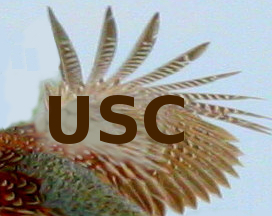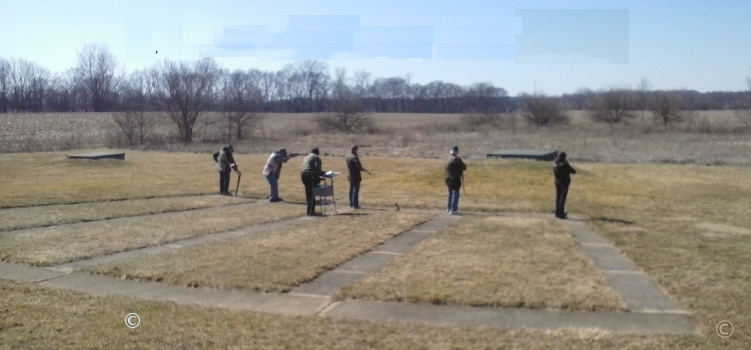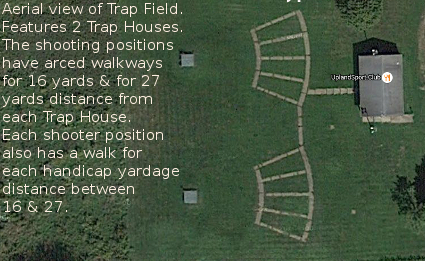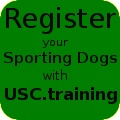
Sports
 |
USC |
On
The Wing Sports |
| <--- Previous Lesson |
Firearms Glossary ---> |



| Shot Size |
1/2 oz. |
3/4 oz. |
7/8 oz. |
1 oz. |
1-1/8 oz. |
| #7-1/2 |
175 |
262 |
306 |
350 |
393 |
| #8 |
205 |
308 |
359 |
410 |
462 |
| #9 |
292 |
439 |
512 |
585 |
658 |
|
Most shooters and guns will be making hits when Modified or less choke
is installed, but experienced shooters can make consistent hits using
tighter chokes and when handicapped to longer distances this may become
more important, as well as using the larger shot sizes (7-1/2 or
8). Some shotguns have a fixed choke, but most now have screw in
sleeves which change the barrel constriction. These chokes are
usually marked: Full, Improved Modified, Modified, Improved Cylinder, Cylinder The double barrel guns will have the advantage when two shots are required, as in Trap Doubles, for targets flying away from the shooter because different chokes can be used for each barrel. First shot which will be closer needs less of a choke than the second. The auto loaders provide the second load fast enough but you will be using the same barrel and thus the same choke for both shots. Same with the pump guns which are also very popular for these games. There are many other clay target shotgun sports including: Trap Doubles, Skeet, Sporting Clays, USPS, etc. Some of these games are practiced world-wide. Some are also Olympic games and several different clay target games have events that thousands of shooters attend. Although it may not be politically correct to speak of the cross-over benefits of this practice to self defense, hunting, etc. (someone told me not to call the targets "birds", and I have yet to hear anyone use "drone"), but you will learn to hit a moving target, stay in practice with your gun, you can experiment with different loads and shooting positions, and much more, you could even have fun! |

or Go to: Why Register |
| <--- Previous Lesson |
Firearms Glossary ---> |
contact:
comments@usc.life